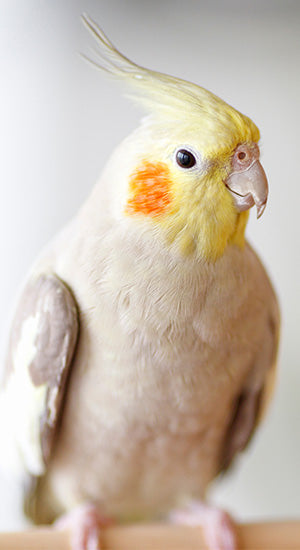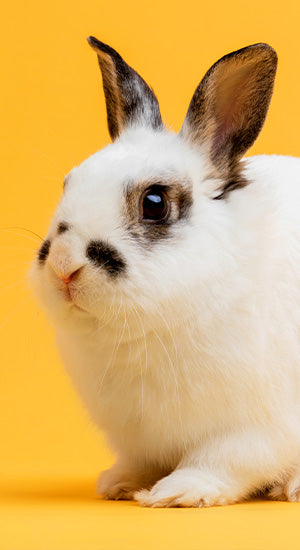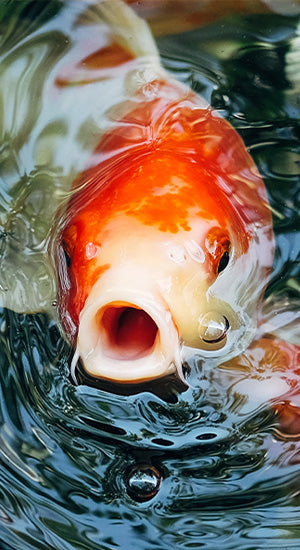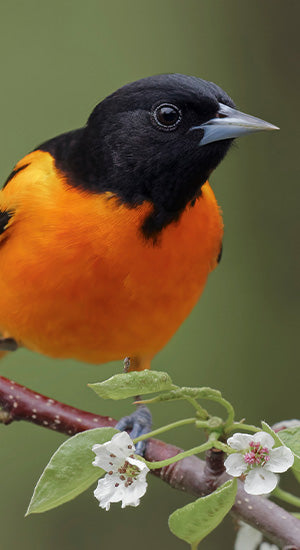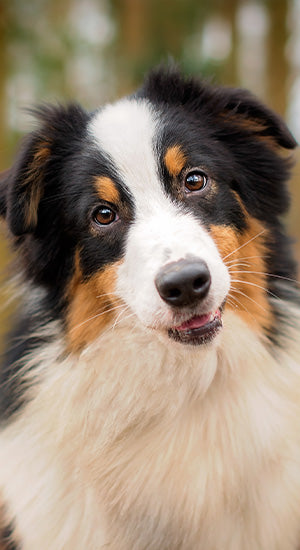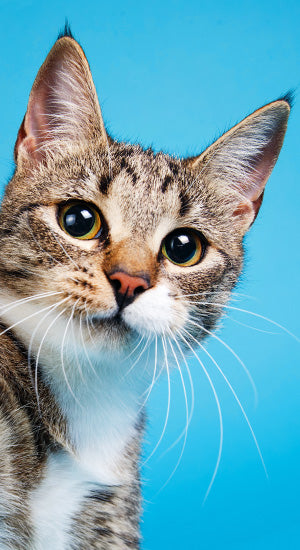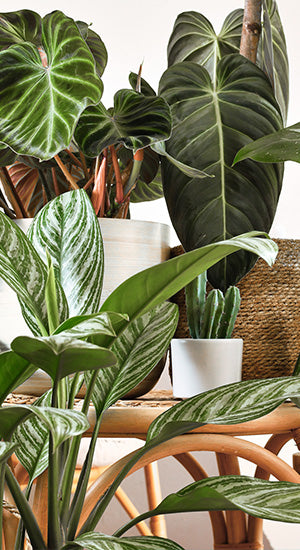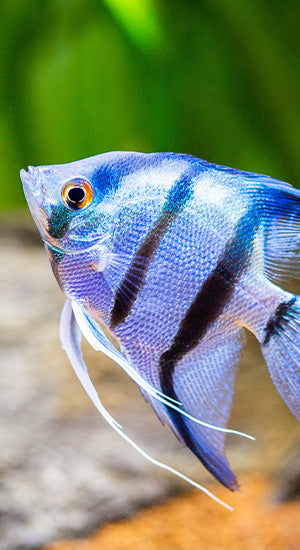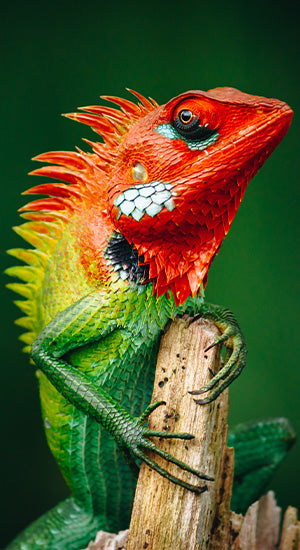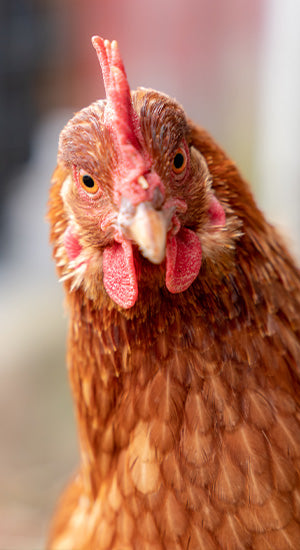Everyone knows that if you’re looking to get a pet bird and you want something colourful and talkative you HAVE to get a male, right? Because female birds are always dull coloured and can’t talk, right? Wrong and wrong.
It is a surprisingly common misconception with parrots that the males are always more colourful, and that only the males can or will talk. This couldn’t be more untrue. In fact, sometimes it is almost the opposite! Most likely both of these preconceived ideas come from songbirds. This may be especially common for us at Exotic Wings because, being from Canada, we have no native parrot species and the majority of the birds common in this area are sparrows, finches, and other similar types of birds. It is usually true that these wild songbird types do have more colourful, vocal males in comparison with the hens of the species. This is because they had to evolve in a way that increased the odds of successful reproduction. Having a bright red and yellow bird sit on a nest amongst brown twigs and green leaves may not provide the best camouflage.
Colouration
Both male and female parrots are often equally colourful. In fact, with a handful of exceptions, male and female parrots tend to look nearly identical. There are some cases where the males have a bit more colour than the females, for example the blue wings in parrotlets or many of the Afro-Asian ring-necked parakeets in the genus Psittacula. That being said, there are cases where the females are more colourful than the males. Eclectus parrots are probably the most popular example of this, while the male is a wonderful bright green with some blue and red, the hen is striking red with a violet vest and nape. Some subspecies even have a highlighter-yellow tipped tail. In types of parrots that have genetic colour mutations it is often slightly more likely for a female bird to be more colourful. For example, the yellow-sided green-cheeked conure mutation, and the pineapple variant as well, have a higher chance of being female due to the way the mutation(s) is inherited. The difference in likelihood is not large, however it does sway the 50/50 chance in normal, turquoise, etc. This holds true for many other species that have Z-linked mutations.

Talking Ability
The second and possibly the largest misconception with parrots is that only the males can be trained to talk. This is not the case at all. Our experience at Exotic Wings has actually led us to believe that female birds may be more capable talkers! We believe this is because male birds have more “pre-set” noises which they use to attract a mate (not nearly to the extent of songbirds, but they definitely have certain sounds they only use for this purpose). As a result, female birds have more “storage space” for sounds and words. So, male birds are slightly easier to get talking, but female birds are more capable talkers. Ultimately, whether or not a bird talks and how much a bird talks relies heavily on the owner. An owner that is putting in minimal effort or is solely trying to make the bird talk has a lower chance of success than an owner who is putting in effort and genuinely having fun. Parrots are smart animals, and they will pick up on your mood and intentions. If you are happy and enjoying what you’re doing the bird is significantly more likely to begin repeating what you say. The sex of your bird has next to nothing to do with them repeating human speech, and almost everything to do with your approach to the activity.

Hopefully this helps clear up any questions, or possibly teaches you something new about male vs female parrots! The only really significant difference in the vast majority of species is that a female can lay eggs, and a male cannot. In pet birds this is fairly insignificant and can be avoided pretty easily. So really, whether or not your bird is male or female makes next to no difference at the end of the day!




